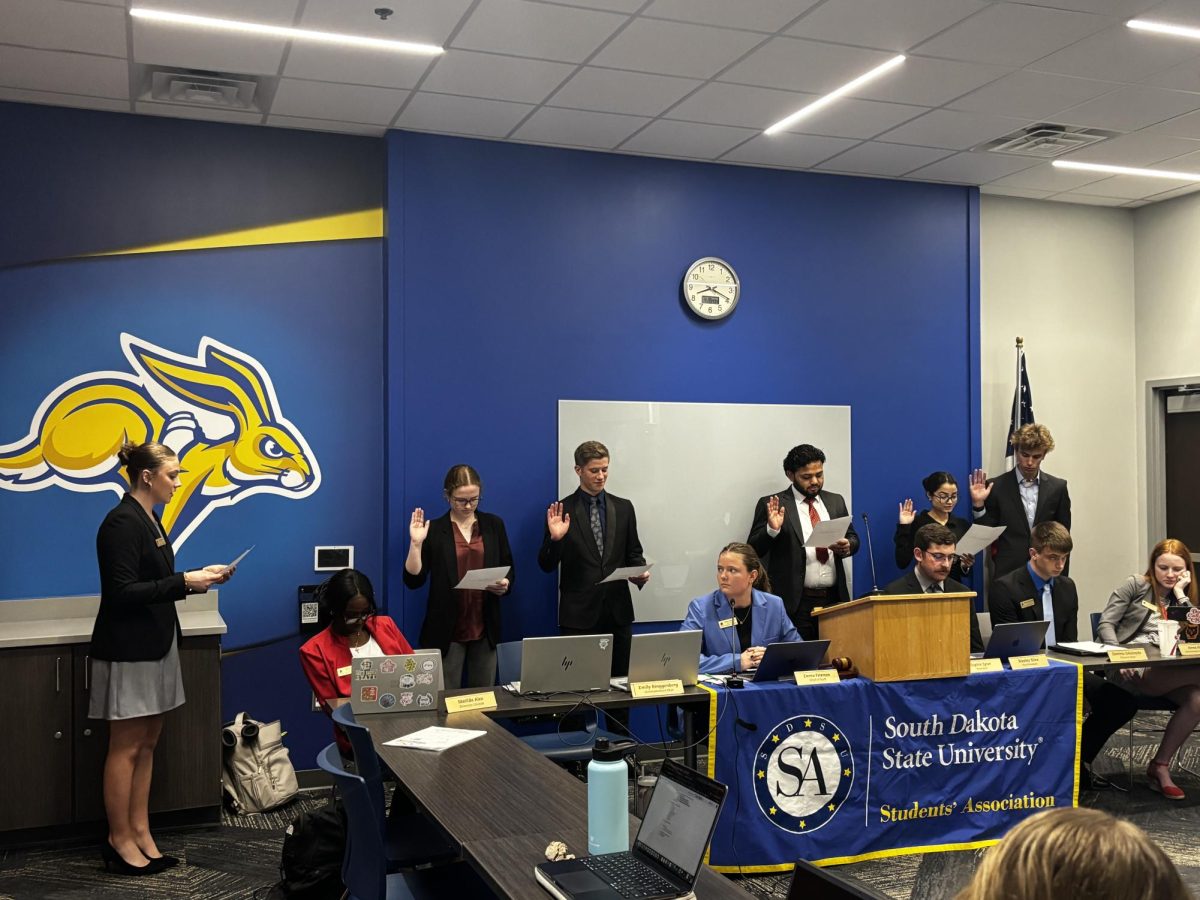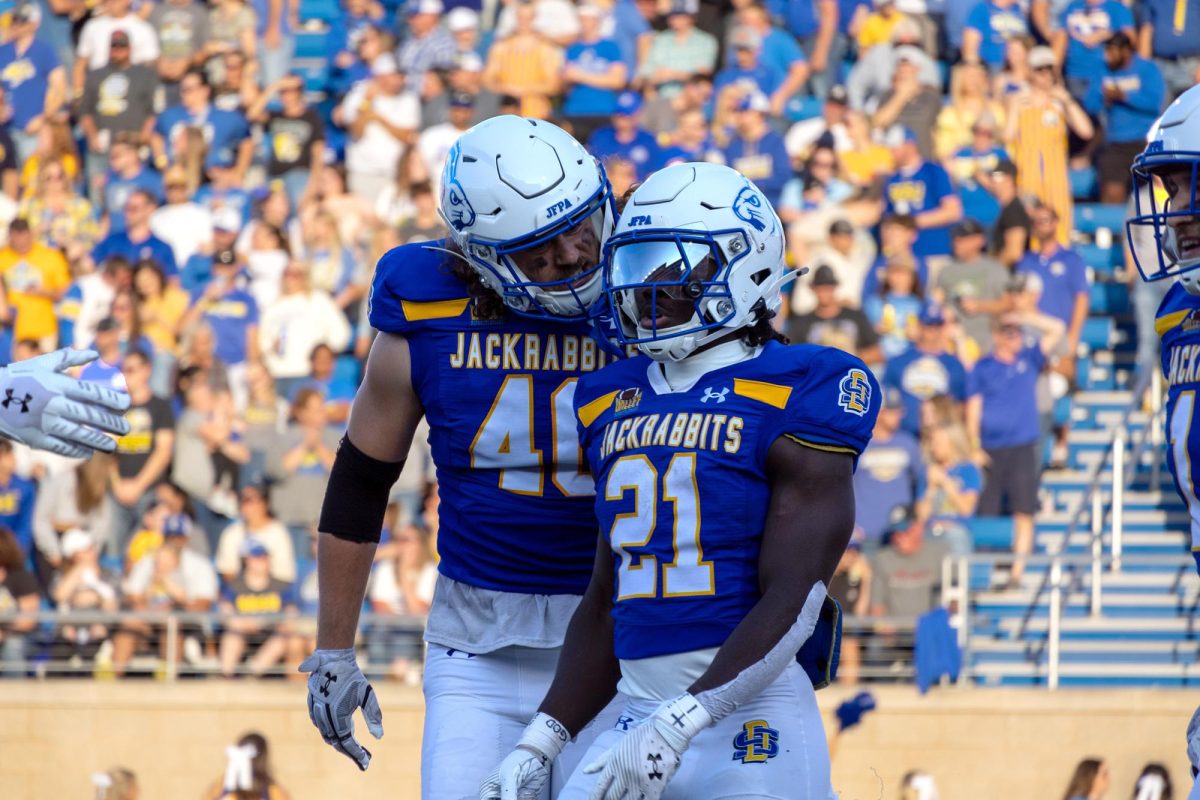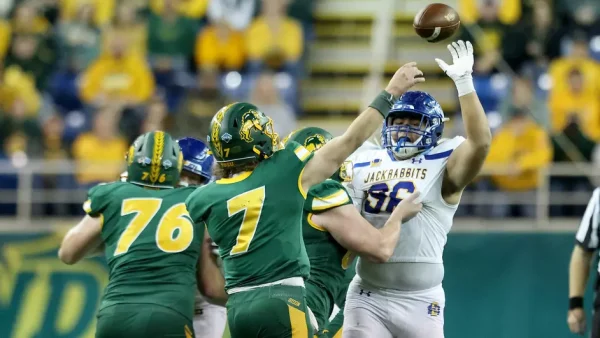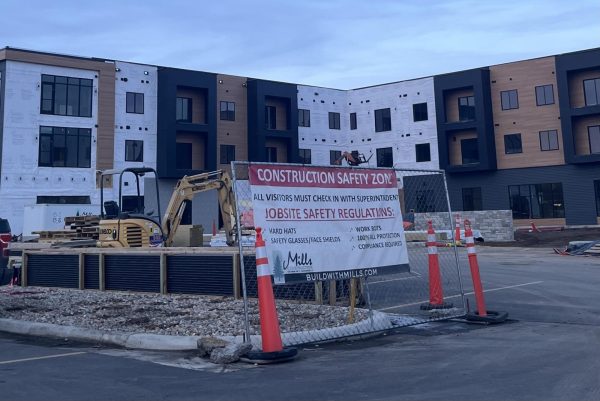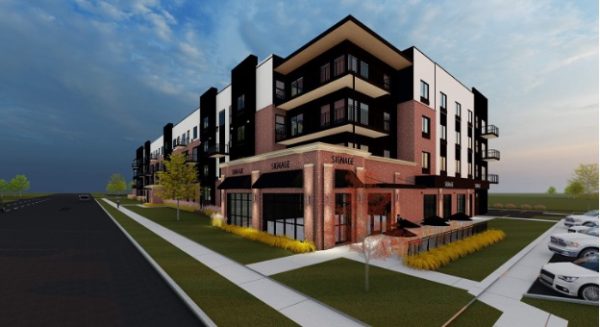Club facilitates cultural groups, events on campus
October 21, 2008
Jamison Lamp
Although SDSU is landlocked in the wavering grasses of the prairie, international student organizations hope to celebrate and expand their cultures in this land so different from their own.
The SDSU International Relations Club has been keeping track of funding and promotions for these various international organizations for over 25 years.
“International Relations Club is the biggest among international organizations,” David Karki, president of International Relations Club said. “It stays on top as an umbrella organization.”
Karki, who is a doctoral plant sciences student, said the club provides manpower for individual culture nights and administrative support.
“It’s a network to get to know others,” Carrie Werkmeister-Karki, an active member of the International Relations Club, said. “They address questions and concerns and help to solve problems.”
The organization represents over 300 students from 52 different countries and has strong attendance at meetings.
“(We) have 35-40 people on a weekly basis and more than 80 on elections nights,” Karki said.
Meeting times and locations vary to accommodate a larger number of students’ schedules. There will be a meeting Oct. 22 in the Nursing-Family/Consumer building room 114 at 6:00 p.m. Students interested in more information should attend.
“The mass of people know us because of International Night,” Karki, a native of Nepal, said.
International Night is the biggest event for the club and is scheduled for Nov. 9 at 6:00 p.m. in the Volstorff Ballroom.
“It is really a celebration of cultural awareness,” Werkmeister-Karki said.
Karki estimates that about 400 community members and students attend International Night.
The evening consists of a meal and shows provided by the different cultures represented on campus. This year, attendees can anticipate entertainment form Haiti, India, Nepal and various other countries.
Cultural shows range from dance and song to powerpoint presentations, and last year, there was even a comedy act, Karki said.
“It takes a lot of man power,” Karki said.
The individual cultural organizations on campus prepare traditional meals for the large group of people.
“Dishes are more time consuming than we are used to,” Werkmeister-Karki, a graduate student in plant sciences, said.
“The colors are unbelievable, all the different dress.”
Werkmeister-Karki, an Armour, S.D., native, became active in the group through another program’s requirement.
“TRiO Students’ Support Services required us to attend cultural events; that is why I got so active,” Werkmeister-Karki said. “It was more a hunger to learn and become more culturally aware.”
Because a “large part of the population is rural or Caucasian,” TRiO encourages students to take part in different events, Jeff Vostad, director of TRiO Student Support Service said.
“We require three educational enhancements.”
He also said that he does not remember any “negative feedback” from students who attended events like International Night.
“Students really have a good opportunity to open doors,” Vostad said.
The number of international students has grown in the last year. In 2007, there were 250 international students. This fall, there are a total of 349 international students from 52 countries.
Many students come here because of “word of mouth” and because SDSU offers a “good environment,” Karki said.
The club likes to focus on growing relationships.
“Last year, we sponsored a soccer tournament. We played in Fishback Park,” Karki said.
Karki also said that the club tries to get together during the summer months as well.
“During the summer we try to have a picnic or go to the pool.”





